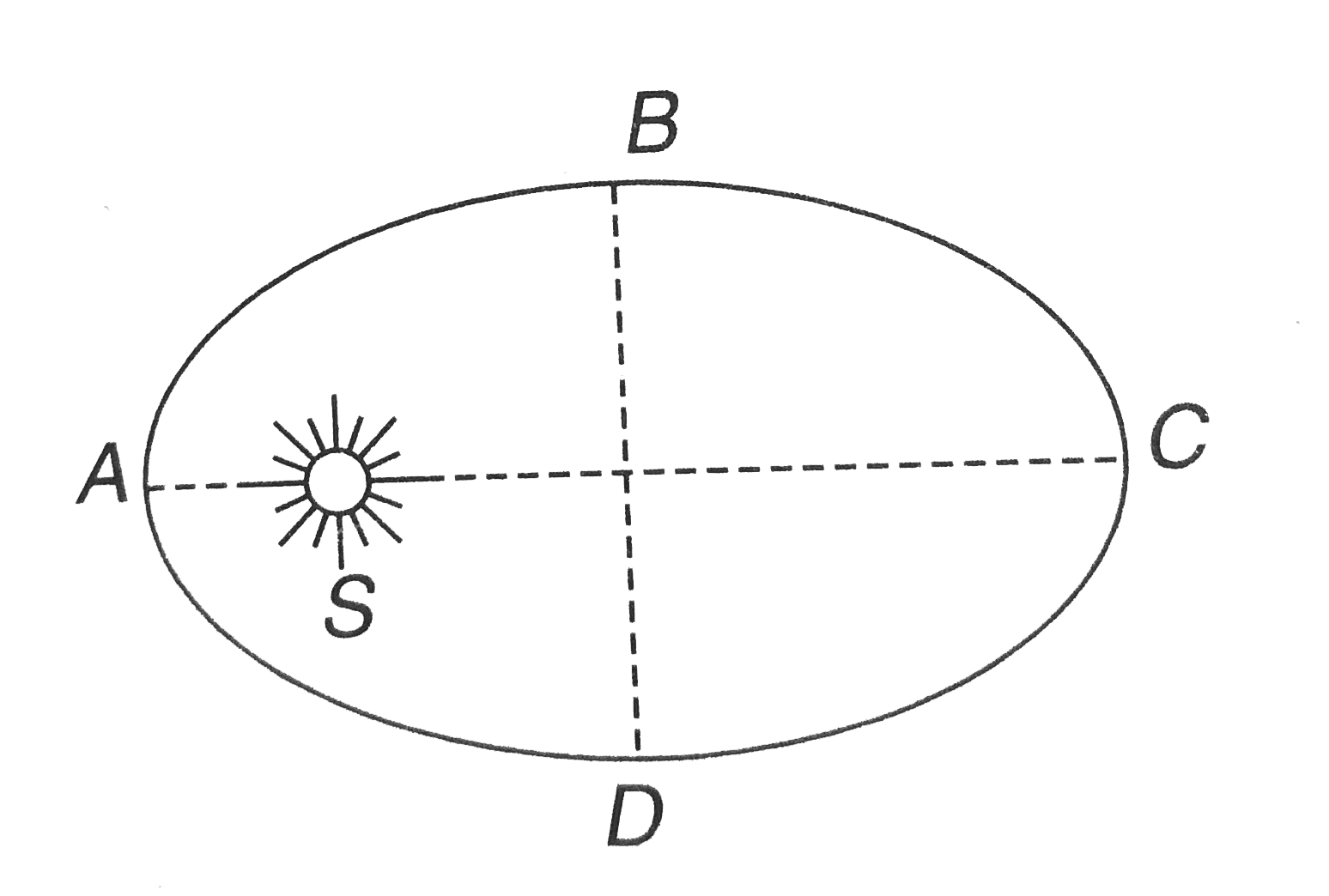Assertion : Planet is a heavenly body revolving round the sun
Reason : Star is luminous body made of gasesous .
If both the assertion and reason are true and reason is correct explanation of the assertion .
If both the assertion and reason are true but reason is not a correct explanation of the assertion .
If the assertion is true but the reason is false.
If both assertion and reason are false.
The correct Answer is:B
To solve the question, we need to analyze both the assertion and the reason provided.
1. Understanding the Assertion:
- The assertion states that "a planet is a heavenly body revolving around the sun."
- By definition, a planet is indeed a celestial body that orbits a star (in our case, the Sun). This statement is correct.
2. Understanding the Reason:
- The reason states that "a star is a luminous body made of gases."
- This statement is also correct. Stars, including our Sun, are primarily composed of hydrogen and helium gases and produce light through nuclear fusion processes.
3. Analyzing the Relationship:
- While both statements are correct, we need to determine if the reason correctly explains the assertion.
- The assertion is specifically about planets, while the reason discusses stars. There is no direct relationship between the two statements in terms of explanation.
4. Conclusion:
- Both the assertion and the reason are correct, but the reason does not provide a valid explanation for the assertion. Therefore, we conclude that the assertion is true, the reason is true, but the reason does not explain the assertion.
Final Answer:
- Assertion: True
- Reason: True
- The reason does not explain the assertion.
---
- The assertion states that "a planet is a heavenly body revolving around the sun."
- By definition, a planet is indeed a celestial body that orbits a star (in our case, the Sun). This statement is correct.
- The reason states that "a star is a luminous body made of gases."
- This statement is also correct. Stars, including our Sun, are primarily composed of hydrogen and helium gases and produce light through nuclear fusion processes.
- While both statements are correct, we need to determine if the reason correctly explains the assertion.
- The assertion is specifically about planets, while the reason discusses stars. There is no direct relationship between the two statements in terms of explanation.
- Both the assertion and the reason are correct, but the reason does not provide a valid explanation for the assertion. Therefore, we conclude that the assertion is true, the reason is true, but the reason does not explain the assertion.
- Assertion: True
- Reason: True
- The reason does not explain the assertion.
Similar Questions
Knowledge Check
Assertion : Electron revolves around a positvely charged nucleus like a planet revolves around the sun.
Reason : The force acting in both the cases is of same kind.AIf both assertion and reason are true and reason is the correct explanation of assertion.BIf both assertion and reason are true but reason is the correct explanation of assertion.CIf assertion is true but reason is falseDIf both assertion and reason are false.Assertion : A change in the temperature of a body cause change in dimentions.
Reason : The dimentions of a body decrease due to the increase in its temperature.AIf both assertion and reason are true and reason is the correct explanation of assertion.BIf both assertion and reason are true and reason is not the correct explanation of assertion.CIf assertion is true and reason is false.DIf both assertion and reason are false.
A planet is revolving around the sun as shown in elliptical path. The correct option is

View SolutionThe earth revolves round the sun in an elliptical orbit. Its speed
View SolutionAssertion : Angular speed of a planet around the sun increases, when it is closer to the sun.
Reason : Total angular momentum of the system remains constant.
View SolutionAssertion(A) : The earth revolves around the sun an elliptical orbit
Reasoning(R) : The sun alwaye attracts the earth with the same force
View SolutionIdentify the incorrect statement about a planet revolving around Sun
View SolutionA planet is revolving around the Sun in an elliptical orbit. Its closest distance from the Sun is r and farthest distance is R. If the orbital velocity of the planet closest to the Sun is v, then what is the velocity at the farthest point?
View Solution
